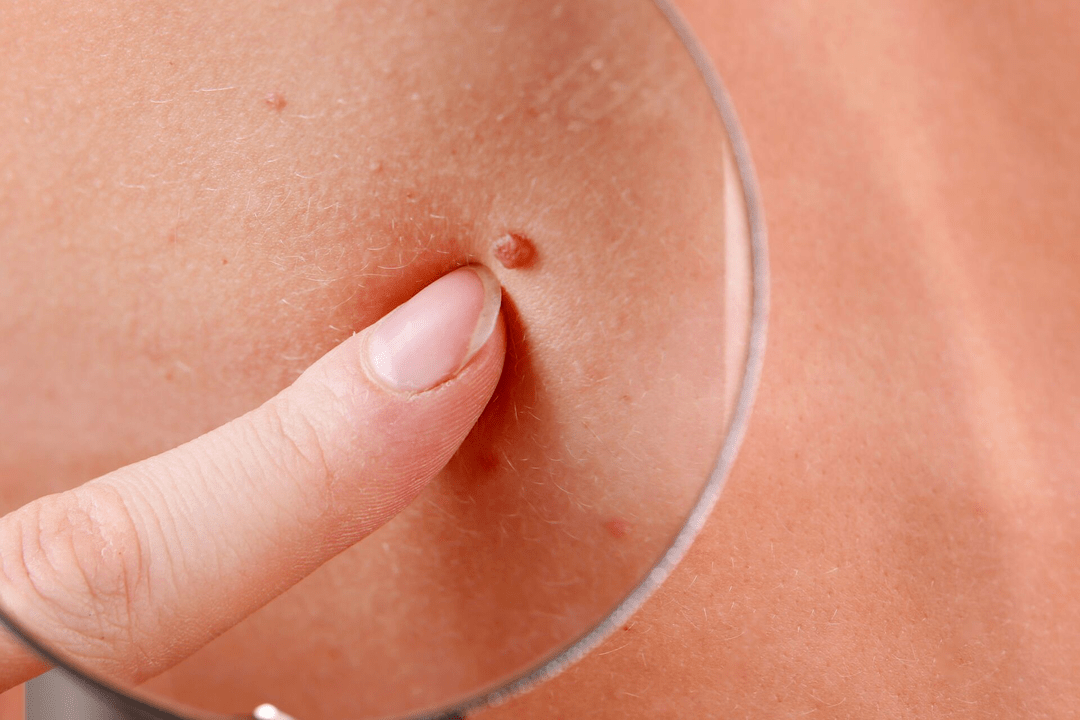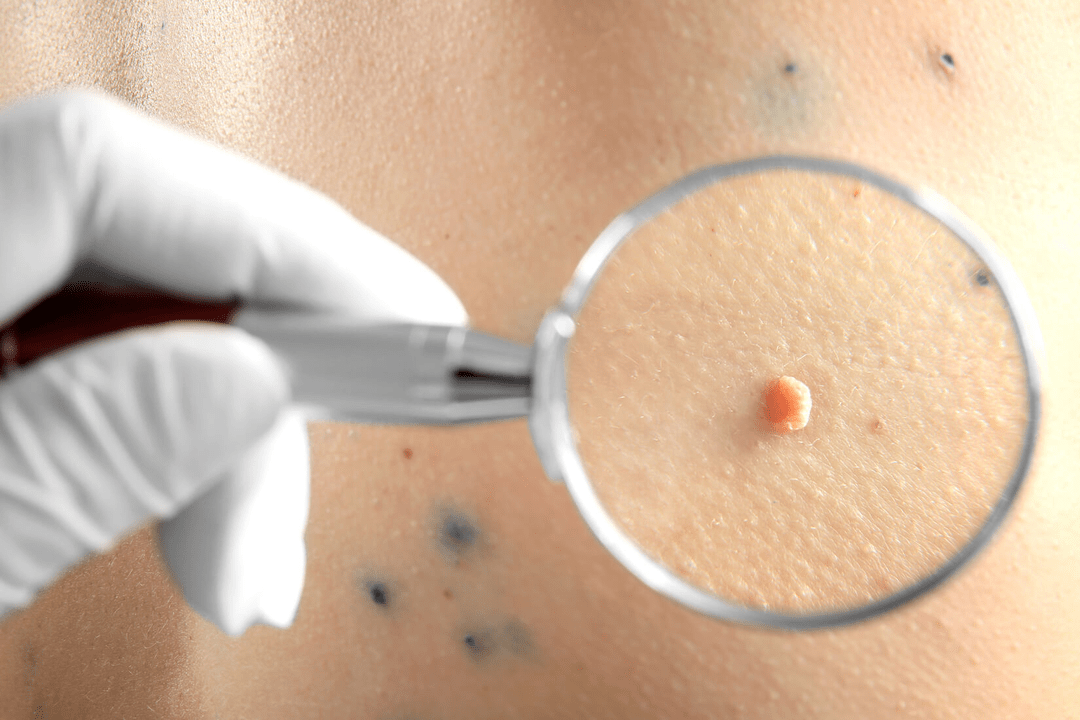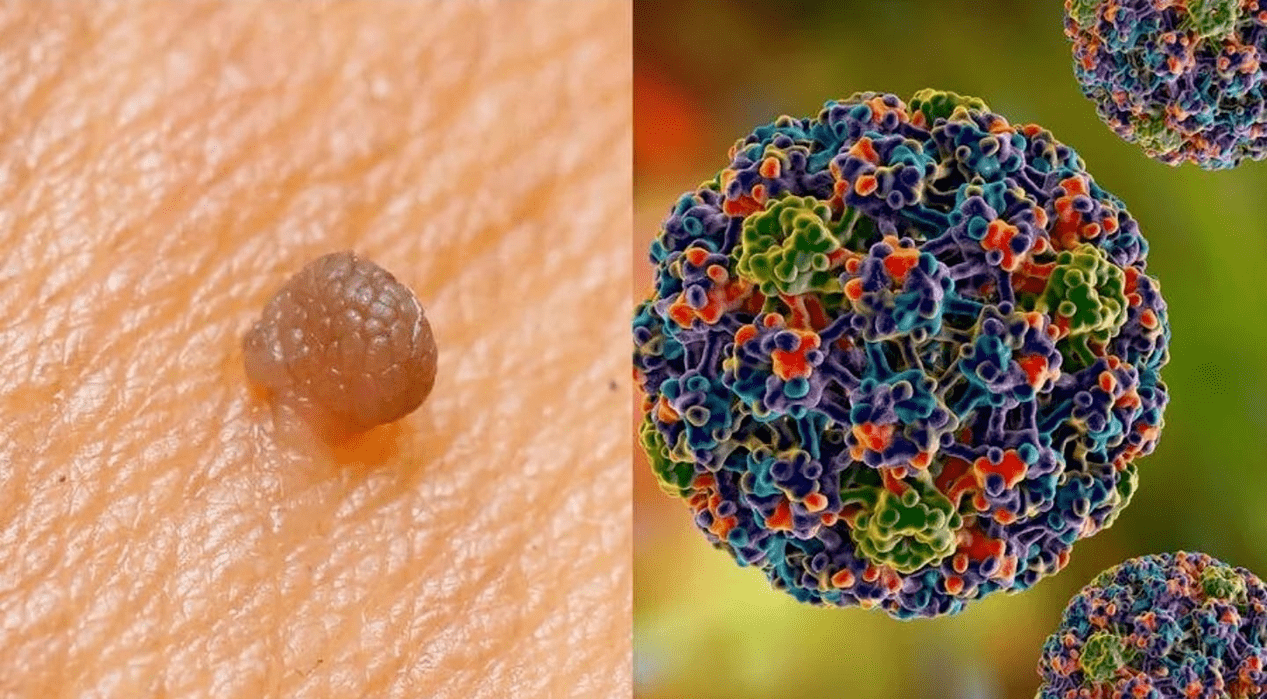
- External factors such as injury, bruises, or any foreign object penetrating the skin may also contribute to the appearance of papillomas.
- Hormonal changes, especially during pregnancy or menopause, can cause papillomas to appear.
- A weakened immune system may be unable to respond to viruses and bacteria, leading to the development of papillomas.
It is important to remember that removing papillomas on your own can be dangerous and lead to complications, so it is recommended to seek expert help.
Body Papillomas: Occurrence and Treatment
| treatment method | Features |
|---|---|
| laser removal | No initial visit to the doctor is required. The procedure is painless and effective. |
| freeze damage | The procedure is performed by doctors using liquid nitrogen. Swelling and redness may occur at the papilloma removal site. |
| chemical removal | Papillomas are treated using special compounds. Tissue death and tumor rejection. |
| Surgery | It is performed in the operating room if the papilloma has a neoplastic nature or if other treatments have not worked. |
Causes of papilloma formation
| Main causes of papilloma formation | example |
|---|---|
| human papillomavirus infection | HPV types 6 and 11 cause papillomas to form in the genital area, and HPV types 1 and 2 cause papillomas to form on the skin of the hands and feet |
| weakened immune system | Papillomas can develop if the overall condition of the body is disturbed or if there is a disease that lowers immunity |
Symptoms and types of papillomas
- Visible growths on the skin or mucous membranes: Papillomas usually appear as small warts or flat bumps that can be seen on the body or genital area.
- Changes in color or shape of skin lesions: Papillomas can change their color or shape over time, which may indicate a possible problem.
- Pain or Itching: Certain skin tags may become painful or itchy, especially in areas of friction or areas where the skin is thinner and more sensitive.
- Viral papillomas: These papillomas are caused by the human papillomavirus (HPV) and are contagious. They may occur on the skin, oral mucosa, genitals, or anus. Viral papillomas include flat warts, cervical papillomas, and genital warts.
- Keratotic papilloma: This is a type of papilloma characterized by a rough, yellowish surface. They usually occur on the face, neck, or arms. Keratotic papillomas are not contagious and have an unsightly appearance.
- Phyllode papilloma: These papillomas occur in the breast and can be malignant. They are commonly seen in women and can cause breast enlargement or the development of a new bulge.
The health effects of papillomas
| Influencing factors | describe |
|---|---|
| discomfort and pain | Papillomas in areas that rub against or rub against clothing can cause discomfort and pain. |
| Aesthetic issues | The presence of papillomas on the skin can have a negative impact on a person's appearance. |
| Oncology Dangers | Certain types of papillomas can cause cancer and carry a risk of cancer. |
Papillomas on the body can cause discomfort, vision problems and are potentially dangerous, so prompt consultation with a doctor and preventive check-ups are recommended.
Factors leading to papilloma
Factors leading to papilloma:
- Weak immune system: A weak immune system allows the HPV virus to affect the skin or mucous membranes, leading to the development of papillomas.
- Skin lesions: Microtraumas or wounds on the skin can serve as entry points for the HPV virus, leading to the development of papillomas.
- Aging: Age-related changes in the body can affect the ability to fight off the HPV virus, increasing the risk of papilloma.
How to remove papillomas

- Surgical removal: The doctor uses a scalpel or scissors to remove the papilloma. This method is often used to remove large papillomas or papillomas that appear to be cancerous. Surgical removal may leave scars or scar tissue after surgery.
- Electrocoagulation: This method uses an electric current to cauterize the papilloma. Doctors use an electrocoagulator to apply high-frequency current to the papilloma, causing it to burn. This procedure can be painful, but pain relief is usually not needed.
- Cryodestruction: In this method, the papilloma is removed by applying cold compresses. Doctors use liquid nitrogen to change the temperature of the papilloma, causing it to freeze and then die. Cryotherapy may cause some pain or burning, but anesthesia is usually not required.
- Laser Removal: In this method, a laser beam is used to remove the papilloma. Laser papilloma removal is more precise and effective than other methods and is often used to remove papillomas on the face or other visible areas. Laser removal typically leaves no scars or scar tissue.
Prevent the appearance of papillomas on the body
- Maintain good skin hygiene: Regular bathing and skin care help remove excess dirt and bacteria that can lead to skin damage and infection. Special attention should be paid to hand hygiene as hands can be a source of transmission of the HPV virus.
- Avoid skin trauma: Papillomas may appear on damaged skin. Therefore, it is recommended to avoid trauma such as insect bites, scratches, and wounds to reduce the risk of papillomas.
- Strengthens your immune system: A strong immune system helps protect your body from various infections, including the HPV virus. To strengthen the immune system, proper nutrition, moderate physical activity, avoidance of bad habits and adequate sleep are recommended.
Important: Despite taking preventive measures, it is not always possible to avoid the appearance of papillomas on the body. If you develop new papillomas or suspect they are malignant, it is recommended to consult a doctor immediately for diagnosis and appropriate treatment.
Treating Papilloma at Home
- Use medications. Some papillomas can be removed using special ointments, creams, solutions containing acids or other active substances. It is recommended to use it only after preliminary examination and medical advice.
- Use folk remedies. You can try folk remedies like garlic, onion, apple cider vinegar, lemon juice or vegetable oil to get rid of some papillomas on your body. However, before using this type of medication, you must be aware of possible side effects and allergic reactions.
- Preparation and use of fresh juice. Some papillomas can be removed by using freshly squeezed juices such as aloe vera, pomegranate, lemon, or nettle. The risk of possible burns or skin irritation must be considered.
When to see a doctor
















